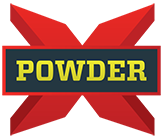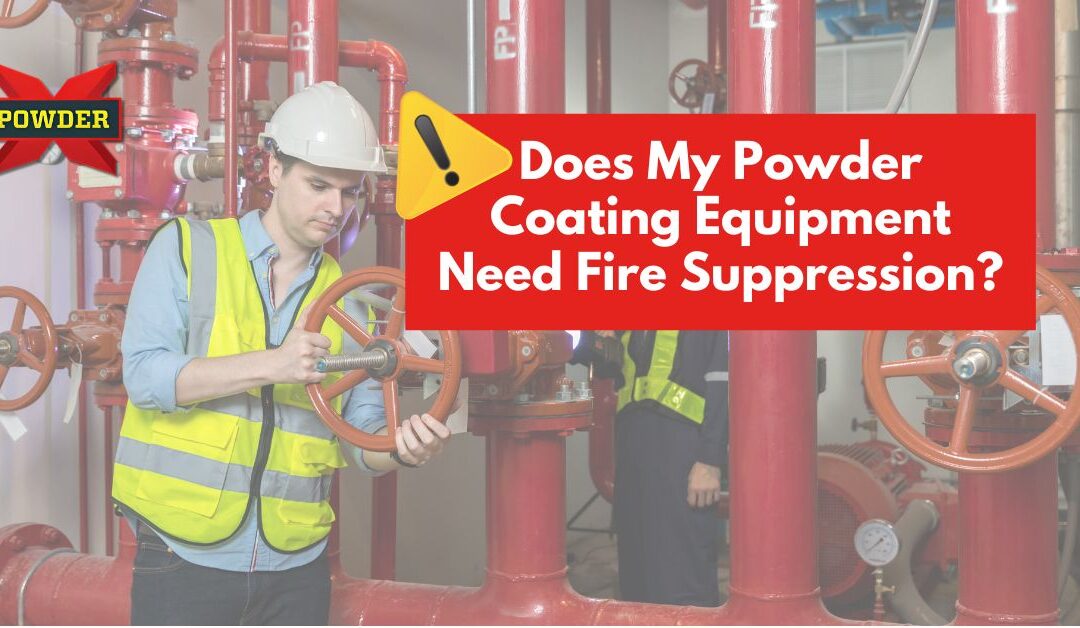Do You Need a Fire Suppression System for Your Powder Coating Operation? Here’s What You Must Know
If you’re running a powder coating business, you already understand that efficiency and quality control are critical to profitability. But what about safety? Specifically, do you need a fire suppression system for your powder coating equipment?
The short answer: it depends. Your setup, materials, and compliance with industry regulations determine whether fire suppression is required—or simply a wise investment. Let’s break it down so you can make the best decision for your business.
Understanding Fire Risks in Powder Coating
Powder coating is widely regarded as a safer alternative to liquid painting due to its lack of flammable solvents. However, that does not mean it’s completely risk-free. Here’s why:
1. Powder Accumulation
Fine powder particles suspended in the air can become combustible under the right conditions. If enough powder builds up and is exposed to an ignition source, a flash fire can occur.
2. Curing Ovens
Your curing oven operates at high temperatures. While a well-maintained oven rarely causes fires, electrical malfunctions or improper ventilation can lead to hazards.
3. Electrical Sparks
A poor grounding system, malfunctioning equipment, or static discharge can ignite airborne powder particles.
4. Cleaning & Maintenance Neglect
Failing to regularly clean your spray booth, recovery system, and ventilation can lead to dangerous powder buildup, increasing fire risk.
Is Fire Suppression Required by Law?
Whether or not fire suppression is required depends on your location, facility size, and specific operational setup. Here’s what you need to know:
1. OSHA & NFPA Regulations
The Occupational Safety and Health Administration (OSHA) and the National Fire Protection Association (NFPA) set the standard for powder coating safety. Key regulations include:
-
NFPA 33 (Standard for Spray Application Using Flammable or Combustible Materials)
-
NFPA 86 (Standard for Ovens and Furnaces)
In many cases, these guidelines require fire suppression in enclosed powder booths and curing ovens.
2. Local Building Codes
Municipal regulations vary, and your city or state may enforce stricter safety requirements. It’s best to check with your local fire marshal to ensure compliance.
3. Insurance Requirements
Even if fire suppression isn’t legally required, your insurance provider may mandate it for coverage. A lack of a suppression system could impact your ability to make claims if an accident occurs.
Fire Suppression Options for Powder Coating Operations
If your business requires a fire suppression system, you have several options:
1. Dry Chemical Suppression Systems
These systems use dry chemical agents to quickly extinguish fires without damaging your equipment. They are ideal for powder coating booths because they minimize cleanup and downtime.
2. Water Mist Systems
Water mist suppression systems use fine droplets to cool down flames and displace oxygen. While effective in enclosed spaces, moisture sensitivity makes them less ideal for powder coating environments.
3. CO2 Suppression Systems
CO2 systems work by displacing oxygen, suffocating the fire. These are best for enclosed areas like curing ovens but require careful ventilation to avoid human exposure risks.
4. Automatic Sprinkler Systems
Traditional wet-pipe or dry-pipe sprinkler systems may be required in large facilities. However, they can create significant cleanup issues if activated.
Preventative Measures to Reduce Fire Risk
Even if fire suppression isn’t mandated, implementing best practices will reduce risk and protect your business. Here are key steps to take:
Regular Cleaning
Remove excess powder from your booth, filters, and ventilation system to prevent buildup.
Proper Grounding
Ensure all equipment is properly grounded to prevent static discharge.
Ventilation & Filtration
Maintain a high-quality ventilation system to prevent combustible powder concentrations.
Temperature Monitoring
Monitor curing oven temperatures to prevent overheating.
Employee Training
Train your team on proper safety protocols, emergency shutoff procedures, and fire prevention measures.
Final Verdict: Should You Invest in Fire Suppression?
If you operate a large-scale powder coating facility with enclosed booths, extensive powder recovery systems, or high-temperature curing ovens, a fire suppression system is a necessary investment. It ensures regulatory compliance and protects your equipment, employees, and bottom line from costly accidents.
For smaller operations using manual powder coating with open booths, fire suppression may not be required. However, proactive fire prevention should still be a top priority.
Bottom Line: Safety = Longevity in Business
Fire suppression isn’t just about compliance—it’s about safeguarding your business. Whether required by law or not, investing in a suppression system or implementing strong fire prevention measures is always a smart move in the powder coating industry.
Need Expert Guidance?
Powder-X has been a leader in the industry for over 25 years, providing top-tier equipment, training, and consulting. If you want to ensure your powder coating business is safe, efficient, and profitable, we’re here to help.
📞 Call us today at [888-326-4840] or visit www.powderx.com to learn more about our expert training and equipment solutions.

